The Role of Management Due Diligence in Effective Leadership – Management Due Diligence Explained
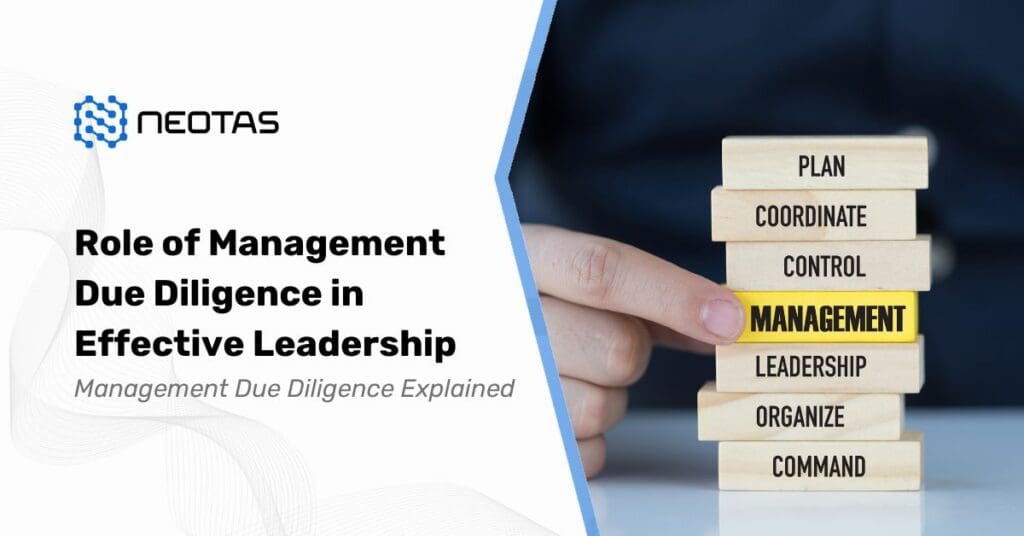
Role of Management Due Diligence in Effective Leadership Management Due Diligence Explained Discover the intricate world of Management Due Diligence (MDD) through a comprehensive exploration. Unveiling the essence of MDD, this guide delves into its significance, process, and impact on organizational leadership. From assessing leadership traits to navigating global landscapes, MDD emerges as a strategic […]
Developing an Effective Third Party Risk Management Framework

Third Party Risk Management Framework In today’s interconnected business ecosystem, organizations are increasingly reliant on third-party relationships to support their operations and growth. However, these relationships also introduce potential risks that can impact an organization’s reputation, operations, and compliance. This white paper explores the essential components of an effective Third Party Risk Management (TPRM) Framework […]
What is the difference between forensic investigation and financial audit?
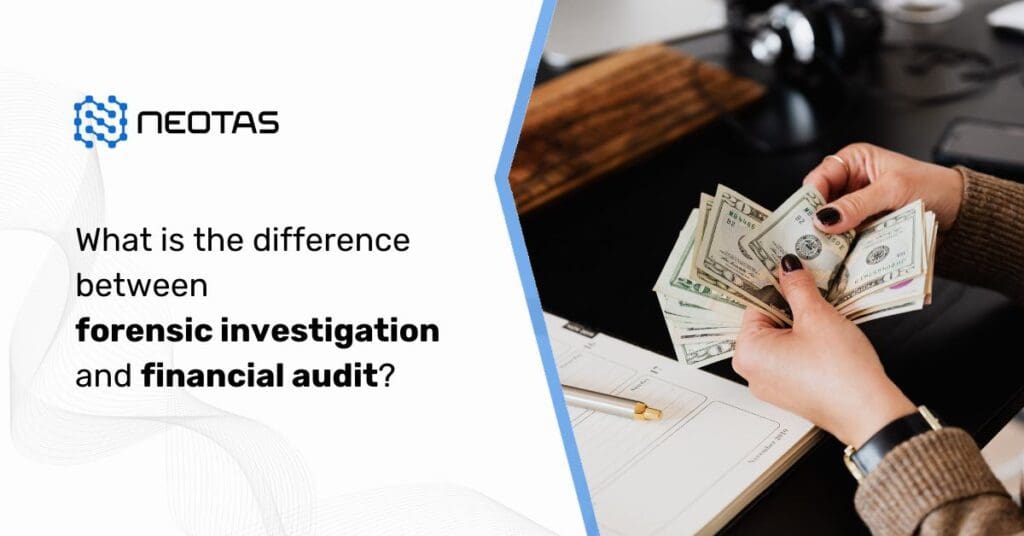
Forensic Investigation and Financial Audit Forensic investigation and financial audit are both processes that involve examining financial records and transactions, but they have distinct purposes, scopes, and methodologies. Here are the key differences between forensic investigation and financial audit: Purpose: Forensic Investigation: A forensic investigation serves the primary purpose of meticulously uncovering and gathering evidence […]
Unveiling the Power of Open Source Intelligence (OSINT) Techniques
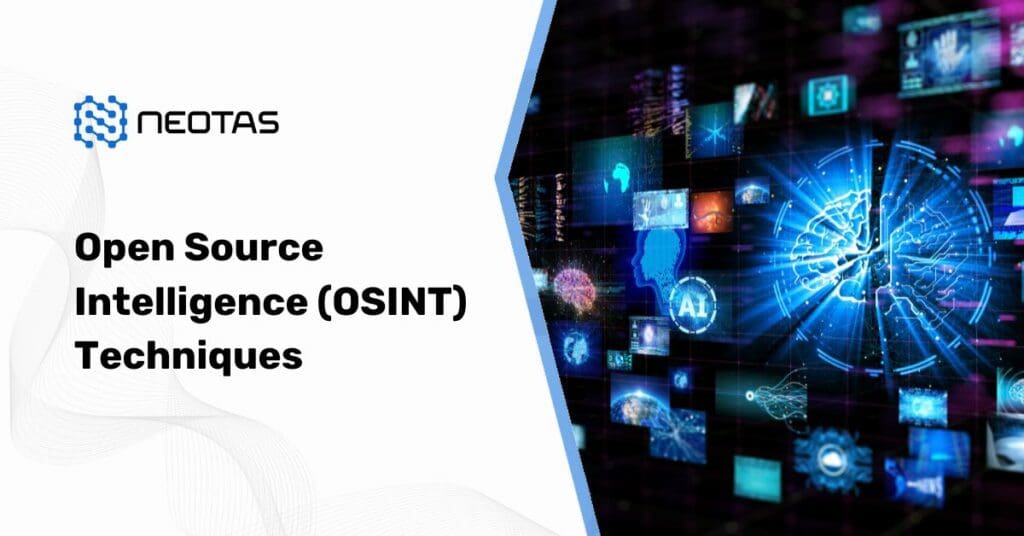
Open Source Intelligence Techniques In today’s data-driven world, information is power. The ability to access, analyze, and interpret publicly available data has become a cornerstone of decision-making, risk management, and strategic planning. Open Source Intelligence (OSINT) techniques have emerged as the catalyst for transforming raw data into actionable insights. This article delves into the intricacies […]
OSINT Risk Assessment – Unveiling Digital Footprints for Due Diligence & Informed Decision-Making
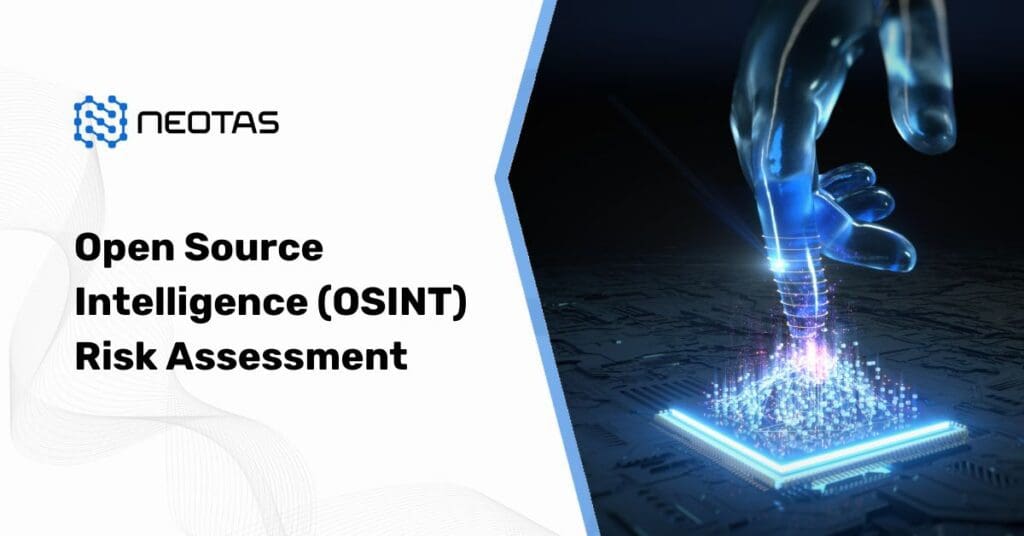
OSINT Risk Assessment Empower your risk assessment strategy with OSINT insights, harnessing publicly available data for proactive decision-making. In the ever-expanding digital landscape, the power of information has become more evident than ever before. Open Source Intelligence (OSINT) has emerged as a critical discipline that enables organizations to harness the wealth of publicly available data, […]
A Comprehensive Guide on Open Source Intelligence (OSINT) Tools and Techniques
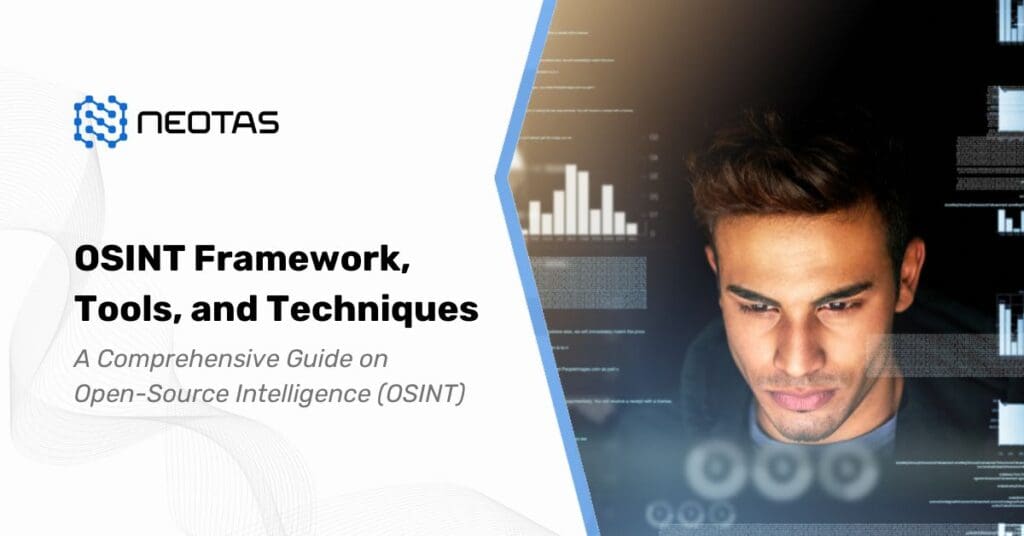
OSINT Tools and Techniques – The ultimate guide to getting started with Open-Source Intelligence (OSINT) and OSINT Technical Sources for Enhanced Due Diligence.
OSINT Techniques – Elevating Open Source Data Gathering and Analysis
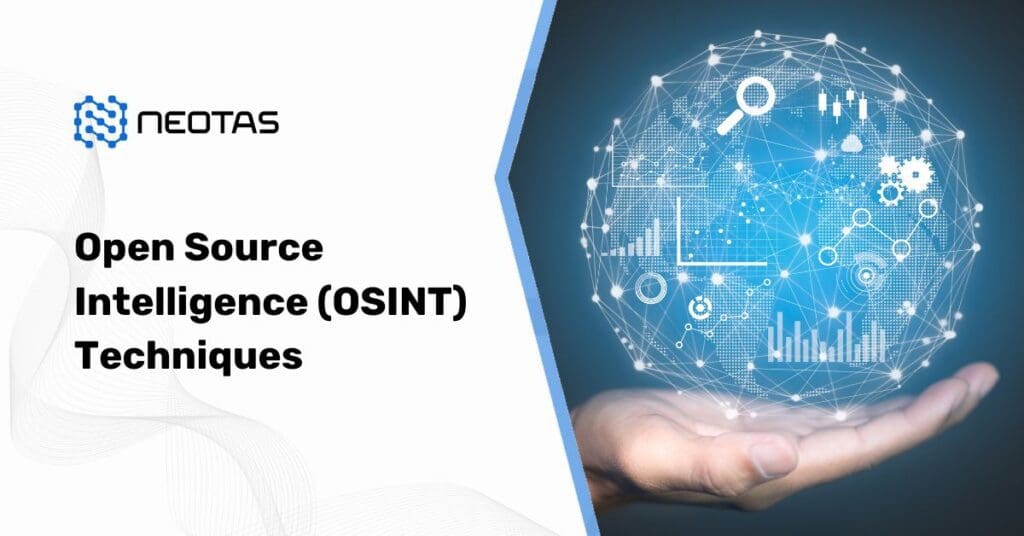
OSINT Techniques OSINT techniques encompass a wide range of methods for gathering information from publicly available sources on the internet. These techniques are used to collect, analyze, and interpret data to gain insights, make informed decisions, and perform various investigative activities. In the dynamic realm of information acquisition, Open Source Intelligence (OSINT) techniques stand as […]

